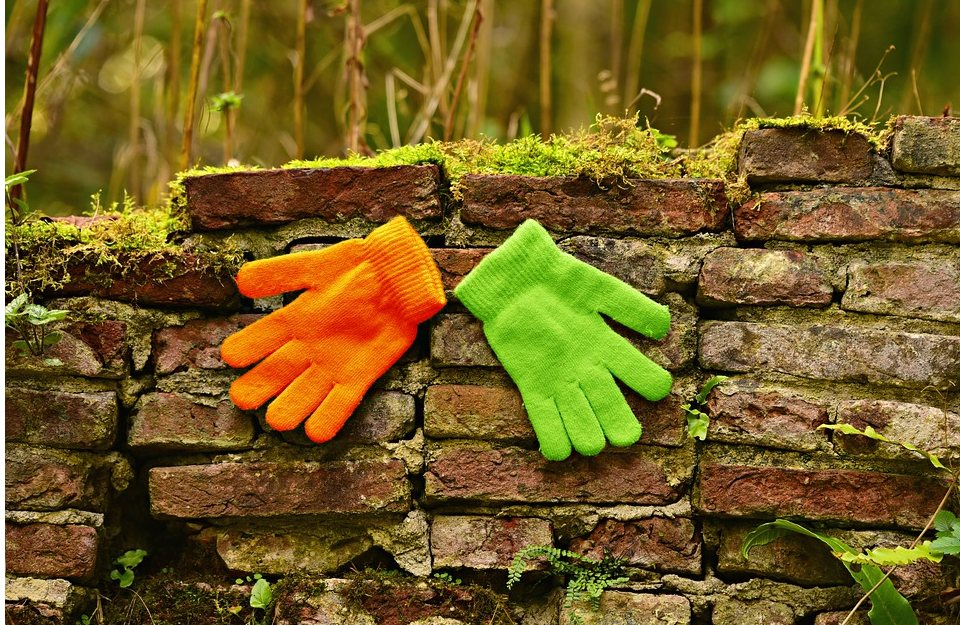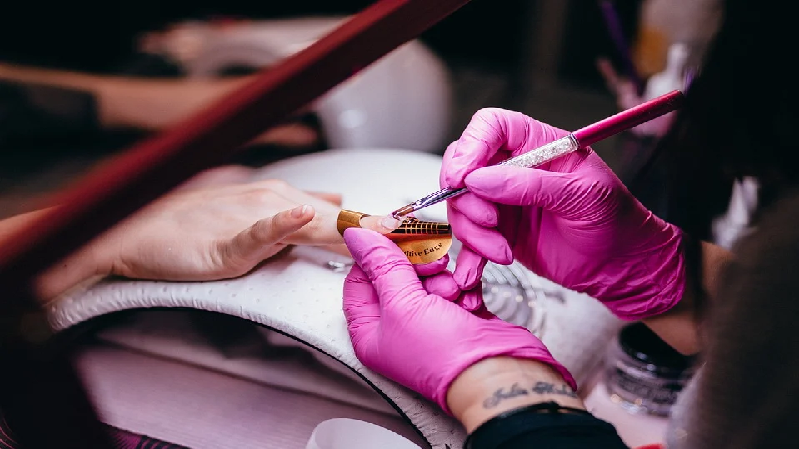With the sudden rise of a pandemic wave currently, the demand for wearing gloves, and face masks have reached such a peak, that market would have never experienced it so far. Then, with the increasing production of gloves in concerned industries such as; medical, and industrial sectors, now people also seem curious regarding colored gloves and masks, assuming color has a role in gloves quality, Does Color Have to Do Something with Glove Quality?
This concern has become a buzz word today! Thus, with regards to this critical concern these days, we’re going to discuss does color affect the quality of gloves, or people just using this claim as an excuse to justify their favoritism for colors, and fulfill their requirements with outfit matchings.
Let’s look into this matter in light of a scientific approach, and practical facts.
Role of Color in Use, Feature, or Quality of Gloves
It is a growing trend that disposable gloves come in a variety of colors ranging from; purple, blue, white, green, pink, orange, and black. This highlights the question, “these colors affect the quality of gloves?” The simple answer is, NO!
Colors do not affect the quality of gloves, as the process of coloring gloves is just like adding dye to the glove making process, and it doesn’t affect the quality of gloves made. Though we can say that some colored gloves are known for particular applications, like, purple nitrile gloves.
Yes, there are many uses for different colored gloves, let’s take a look;

Uses of Different Colored Gloves
In the medical field, colors are used for determining a difference between each glove type. For instance, the difference between nitrile and latex gloves. The latex gloves are usually white, whereas nitrile gloves have different color varieties, most commonly blue.
Anyways, determining glove types with colors is helpful in;
- Cases where doctors and nurses examine patients with latex allergy.
- In areas where gloves may get exposed to harmful chemicals like; cytotoxic drugs. A different color to blue such as; orange can help to ensure safety protocols are observed.
- Besides, the colored gloves also help in detecting glove failures. Surgeons practice double gloving by wearing dark-colored gloves underneath light-colored gloves. This can help in detecting small tears and punctures in gloves.
- In laboratories, the use of contaminations is a consistent concern especially in cleanrooms and controlled environments. The white-colored cleanroom gloves are considered to be a standard color for industrial applications, as it makes it easier to spot any single contamination on white gloves.
- Apart from it, the rule of color coding in laboratories can be really helpful in providing visual cues. It helps in assigning distinctive colors in different job areas of the lab, this aids in ensuring lab workers don’t cause cross-contamination by moving from one zone to another.
- The blue or dark blue colored gloves are most popular in the food industry since it contrasts with food colors which are commonly made. This comes helpful in cases where pieces of torn gloves fall into the food accidentally. And, because of this blue color, glove pieces get easier to detected, and removed from the food.
To conclude, though colors don’t affect the quality of gloves, yet play a vital role in different industries. Hitherto we discussed the role of color in gloves quality, now as far as colors in nitrile gloves are concerned; so same theory applies here.
As we learned above that nitrile gloves usually come in blue color, yet each color distinguishes the other in terms of applications.
Significance & Uses of Nitrile Gloves
The nitrile gloves cover a wide range of applications from manufacturing and machine repair, to food handling, medical, and pharmaceutical uses. As a synthetic material, nitrile gloves are allergy-free, more puncture than latex gloves, and best to use with a variety of chemicals, and are naturally resistant to petroleum-based substances like; oil and greases.
To decide nitrile glove will be suitable for your use, first, you need to consider do you need an exam grade glove? They’re widely used in medical, dental, and pharmaceutical fields as well as by first responders and lab technicians.
If you work where bloodborne pathogens or an infectious agent could be present, then you must consider buying exam grade nitrile gloves. The most highlighting feature of nitrile gloves is, it has numerous thickness levels – to suit each application – ranging from 3, 4, 5, 6, and 8 mil. The lower the mil thickness would be, the thinner the glove would be, providing a better feel.
And vice versa, the larger the mil, the thicker glove would be, and the better protected the user would be. The quality of disposable nitrile gloves from any reliable brand is always measured by taking an average of the cuff, palm, and fingertip thickness.
Some manufacturers only measure the thickness of glove fingertips. Just to make their glove appear thicker as they originally are. In terms of industrial application, the nitrile gloves provide greater protection, and their thicker mil extends their life span.
Then, there also comes powder and powder-free nitrile gloves. The choice comes down to preference. Nevertheless, powdered nitrile gloves absorb all sweat. If you ever need to wear a glove in a hot, humid environment, then prefer powdered gloves.
Is Nitrile Glove Safe for Skin?
Latex gloves contain normal elastic proteins that can make unfavorably susceptible skin responses to the client. This implies that numerous individuals currently lean toward utilizing the moderately protected nitrile rather than latex on account of the danger of unfavorably susceptible skin responses.
Nitrile is 100% latex-free and henceforth extremely protected and beneficial to utilize.
Let’s move to the use of colors in different nitrile gloves
Uses of Color in Nitrile Gloves
The dark nitrile gloves are frequently utilized for exchange-based positions, for example; specialists and mechanics. The dark tone likewise makes it ideal for styling, inking, or any occupation that requires a smooth glove.
Additionally, some postal workers use dull nitrile gloves so they can without a doubt follow any white powders or developments that may turn up.
Also, on the off chance that you get some information about purple nitrile gloves, at that point, the primary explanation behind fluctuating tones is usually because of industry inclination.
